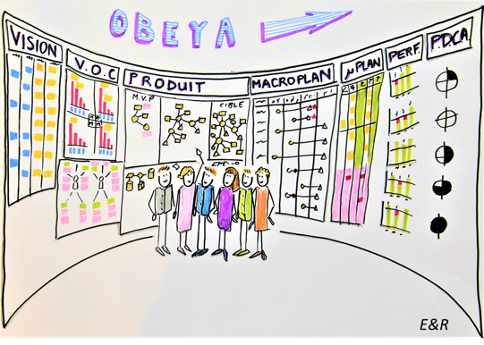The Post-It Paradigm

Post-Its were introduced in 1977 by the company 3M and since then they have been used in the whole world in all sort of different areas: home, office, factory, etc. In the area of process improvement they are widely used for: Brainstorming Cause & Effect Diagrams Value Stream Mapping Storyboards Job Scheduling The method used in these work groups is to have participants write their ideas in post-its and stick them on a board or wall for everyone to see. Advantages of this Approach: All participants write at the same time so you can quickly gather inputs from everyone It doesn't require any special skills Post-its can be easily moved or grouped together by the team The overall vision of all these ideas generate new ideas or solutions in the team It enables interactions among the members of the group Some Limitations: The size of the post-it may constrain the description of some ideas Hand writing of the participants may not always be readable by others, specially at a distan



